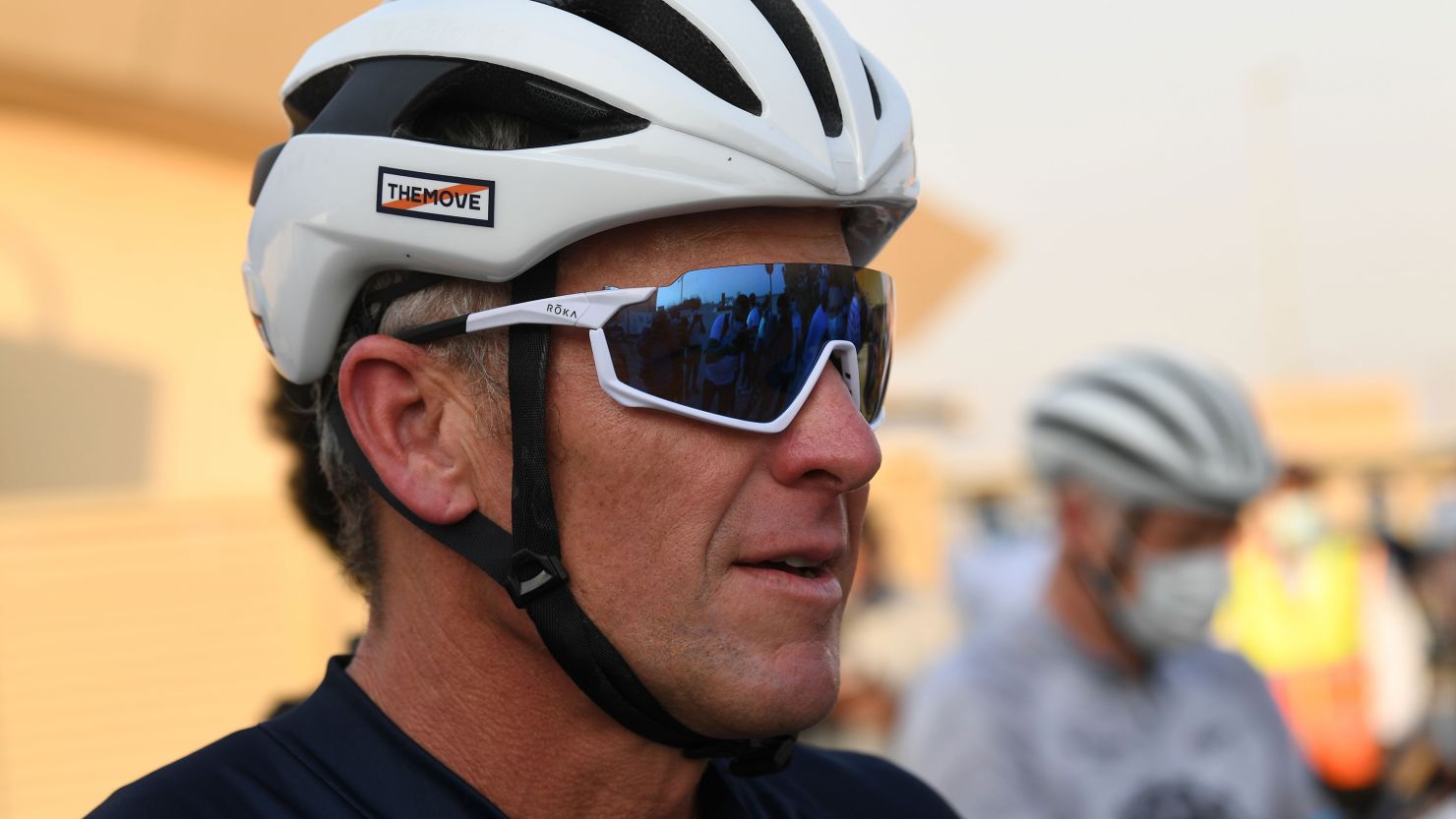
How disgraced cycling camp LANCE ARMSTRONG beat doping tests…
Lance Armstrong’s rise and fall in the world of cycling is a tale marked by extraordinary talent, ambition, and a controversial reliance on performance-enhancing drugs. Armstrong, once celebrated as a seven-time Tour de France champion, ultimately faced scrutiny that would unravel his legacy. To understand how he managed to beat doping tests for so long, we need to delve into the methods and circumstances surrounding his success.

Armstrong’s doping regimen primarily involved the use of erythropoietin (EPO), which increases red blood cell production and enhances endurance. However, he didn’t simply rely on this drug alone. His strategy was multifaceted, incorporating various substances like testosterone and blood transfusions, all while maintaining a meticulous approach to avoid detection.
One of the key aspects of Armstrong’s doping strategy was the development of a sophisticated network to manage his drug use. He surrounded himself with a team of doctors, trainers, and confidants who helped him navigate the complexities of doping. They provided him with not just the substances but also the knowledge of how to use them effectively. For instance, Armstrong was educated on the timing of drug administration, ensuring he would test negative during competitions.
Armstrong also benefited from a culture of secrecy and complicity within the cycling community. During his peak, many professional cyclists were using performance-enhancing drugs, and the sport had a somewhat lax approach to testing. Although the testing protocols were in place, they often lagged behind the advancements in doping methods. The tests used were not always able to detect the sophisticated techniques employed by cyclists like Armstrong.
Moreover, Armstrong utilized “microdosing,” a technique that involved taking small amounts of EPO, which minimized the risk of detection. This approach allowed him to enhance performance without raising red flags during routine tests. Additionally, he employed “blood doping,” which involved storing his own blood and reinfusing it before races, effectively boosting his red blood cell count without leaving detectable traces.
Armstrong’s success was also partly due to the timing of his doping practices. He strategically planned his training and racing schedule around when testing was most likely to occur, further reducing his chances of getting caught. His mental fortitude and relentless drive to win played crucial roles, fueling both his commitment to doping and his ability to maintain a façade of integrity.
Ultimately, Armstrong’s deceit unraveled due to persistent investigations and testimonies from former teammates, leading to his admission of doping in 2013. His story serves as a cautionary tale about the lengths to which athletes may go in the pursuit of greatness, the pervasive culture of doping in sports, and the eventual reckoning that comes when the truth emerges.
Leave a Reply